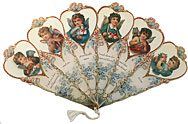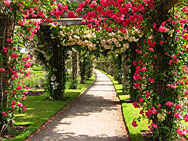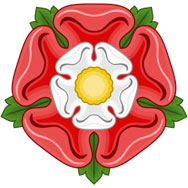Fan with Rose Cover
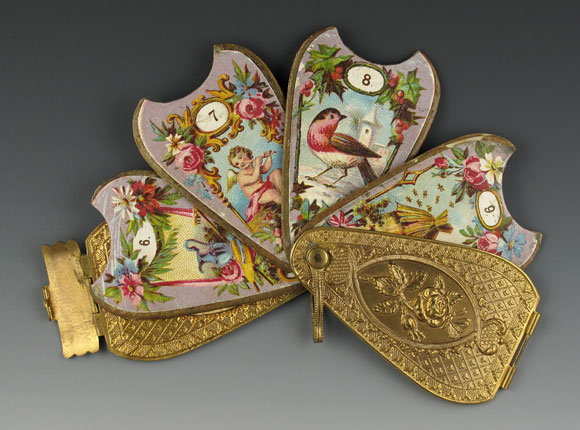
Needle Case
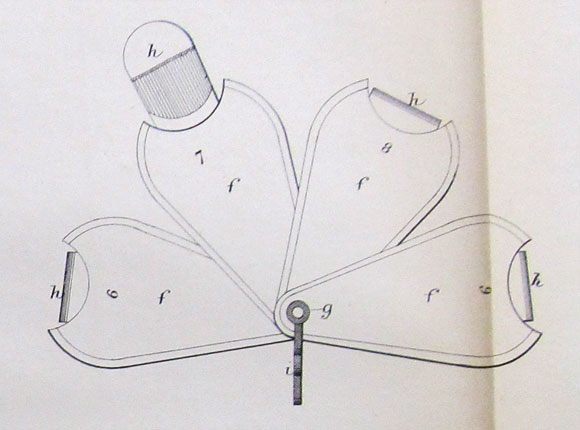
Patent
Design Details
Needle Case Type: |
Figural (patent doesn’t specify cover design) |
Patent/Registered to: |
Henry Milward & Sons – Redditch (provisional registered to Theodore Givry, Paris) |
Patent/Design Representation #: |
Mechanical Patent: #8 (Provisional: #1808 registered December 19, 1867) |
Patent/Design Registration Date: |
January 1, 1868 |
Location of Patent/Design Registration: |
Mechanical Patent - British Library - Business and Intellectual Property Centre - London |
Reference #: |
TNA Representation - BT 46/6/1808 |
Dimensions: |
3.4 x 0.8 x 7.5 |
Material: |
Brass |
Name Variations: |
H. Milward & Sons - Redditch |
Interior Variations: |
Different backings |
Other Variations: |
a) Fan with Bee and Dog Head Cover |
Additional Photographs
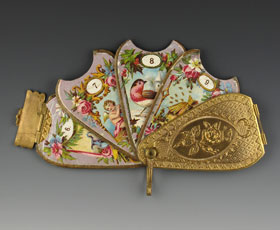
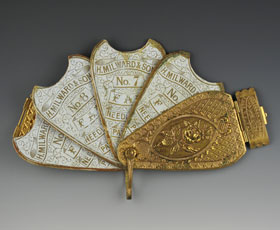
Front and back opened views
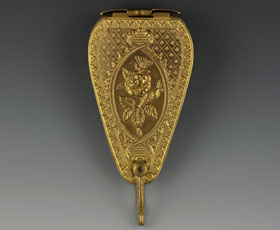
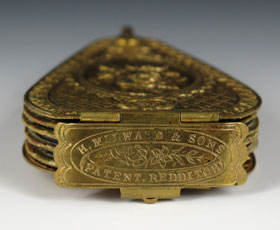
Front closed and side signature detail
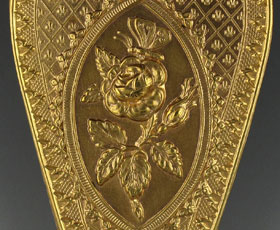
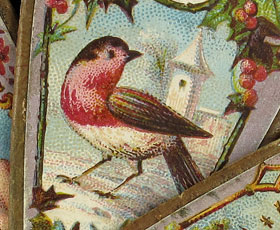
Front and interior details
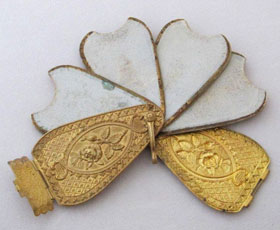
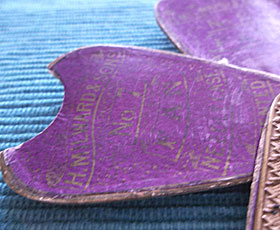
Interior with plain backing (photo courtesy of Clarice Birch) and with purple backing (photo from eBay - the front of this needle case was identical to the one at the top of this page)
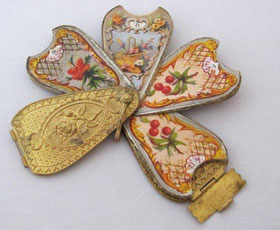
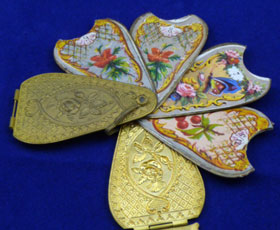
With different interior chromolithography prints (photos courtesy of Clarice Birch and Lynda Herrod)
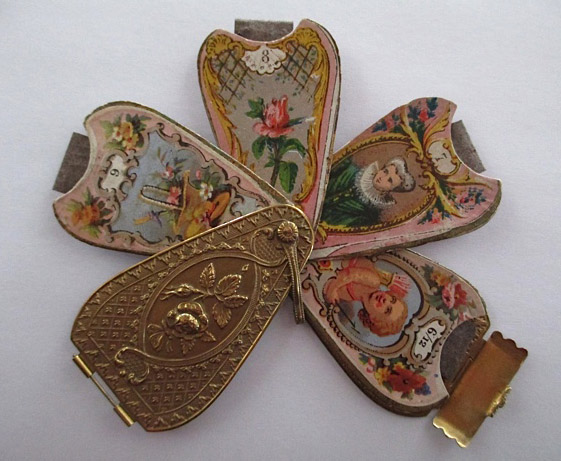

With different interior chromolithography prints (photos courtesy of Loene McIntyre) and another version with different chromolithography can be found at www.averyneedlecases.com
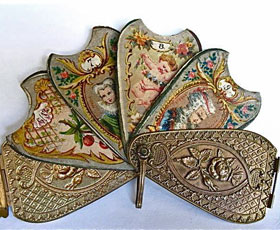
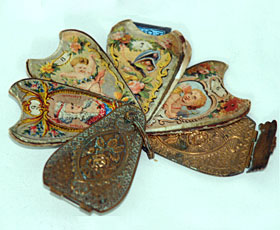
With different interior chromolithography prints (photos from eBay)
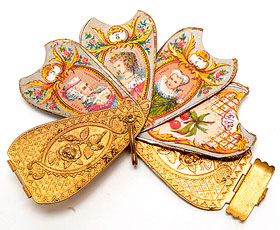
With different interior chromolithography prints (photo from the Internet)





